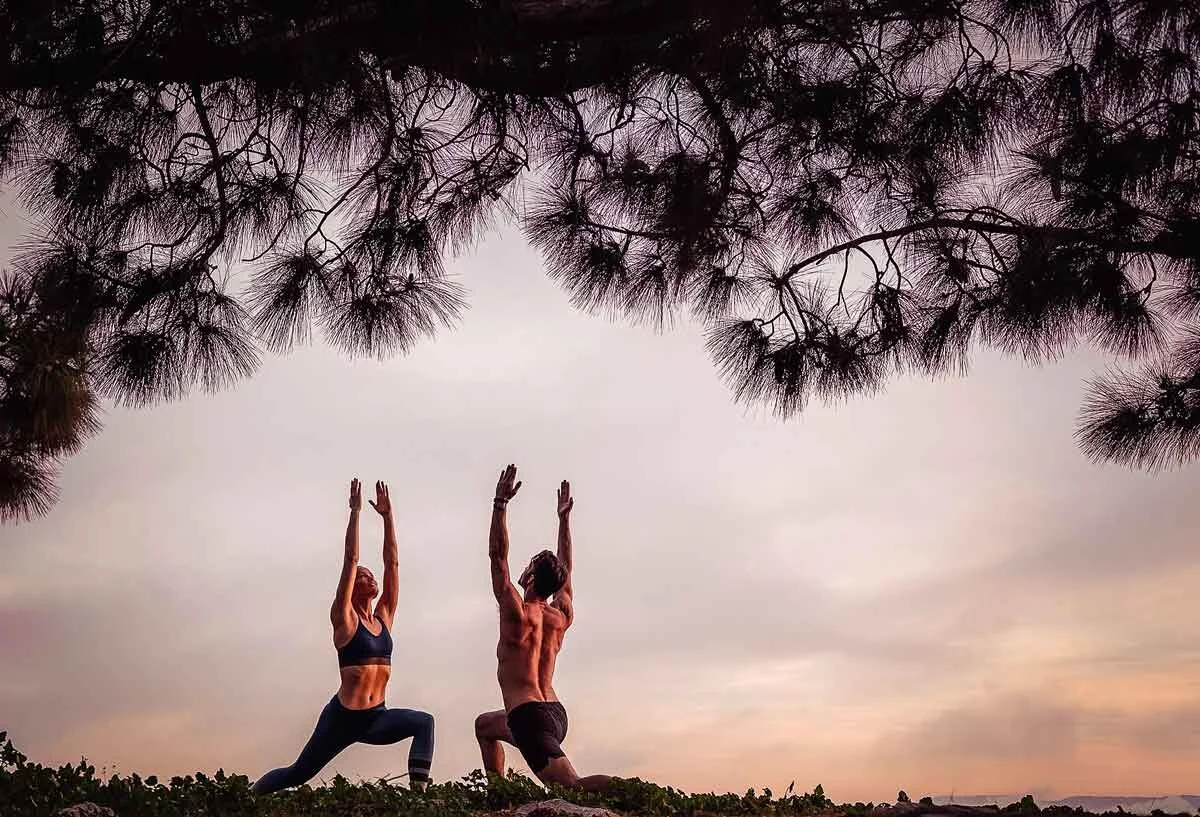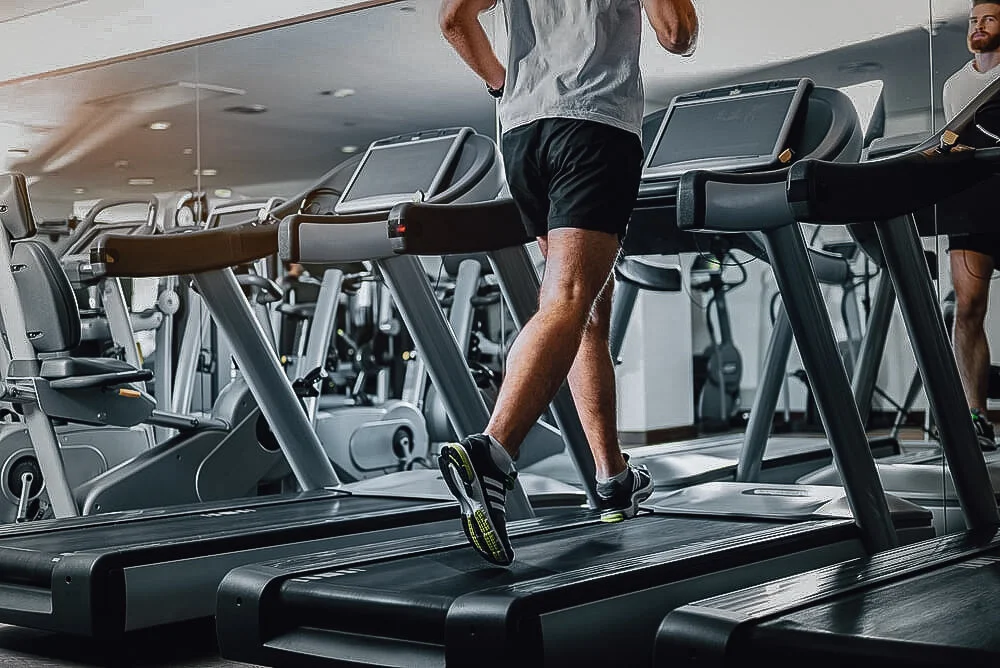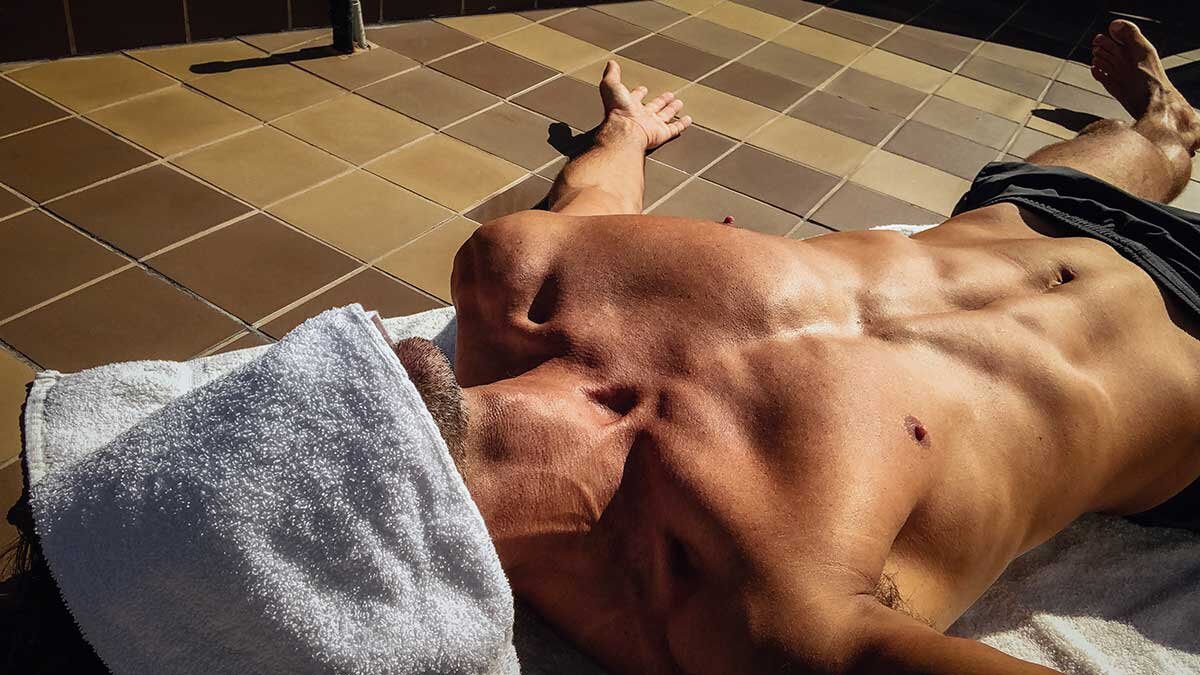5 Steps to Better Breathing For (Non) Runners
Flow with It.
Hello runners, non-runners and friends looking to amp your daily game! I’m coming out of a bit of a training slump, back in the groove and taking a fresh look at the fundamentals of it all. And nothing is more fundamental than breathing! It’s literally the root of our core from where all else grows. Often I hear stories of runners, of various abilities, losing their breath and therefore ending their run. Often I realize a moment seems more intense than it is because my erratic breathing tells my mind to panic. The following is a list of tips, practices and suggestions for better breathing for runners and non-runners alike, anyone seeking to extend their run or dive further into the flow of life.
#1. Toxins Begone.
Before we can advance, we must take steps to eliminate what is holding us back. Two of the most common vices in our world today are two of the things that hinder progress the most, alcohol and smoking. Smoking is the obvious culprit, filling our lungs with toxics rather than fresh, clean air. Alcohol on the other hands gets more of a pass in our culture. It’s been said, alcohol is the only drug that people try to make us feel bad for not using. That’s been my experience anyway.
Planning to drink or not, hear me out. An athlete who consumes alcohol at least once a week is twice as likely to get injured as a non-drinking athlete (54.8% to 23.5%) perhaps due to a lingering hangover effect diminishing athletic performance by 11.4%. In addition, alcohol actively damages systems in the body making it harder to function. Most importantly, drinking depresses the medulla oblongata, part of the brain which controls key central nervous system functions such as unconscious breathing, heart rate and blood vessel dilation. Not only while consumed, but for days after, alcohol slows the absorption of healthy nutrients, protein being one of the most important. This means less protein fueling the body forward but also less protein repairing muscle tissue already broken down by prior exercise. (2)
A woman enjoys the silence during sunset at Arches National Park. Shot by Ryan.
Giving up alcohol you’ll see the immediate benefits to waking up and feeling as good as you could possible feel, ready to take on the day. Over time your body will grow exponentially in its ability to recover quicker and take you further.
#2. Lotus Breath. Deeply.
Now that we’ve eliminated choices holding us back, we’ve made the space for growth. My second suggestion to improve your breathing while running is to incorporate yoga once a week into your training. Your lungs, the respiratory system, is a muscle group like any other. It needs to be exercised and then given time to recover. Yoga will improve the strength and flexibility of the chest muscles and fascia while aligning the ribs and spine, setting the diaphragm up for peak performance. (3)
While yoga on the whole should not be stressful, an individual pose may challenge the body and the mind causing breathing to intensify. The goal when this tension rises is to take a deep inhale while leaning further into the pose; then releasing with a controlled exhale. Actively controlling our breath exercises the cerebral cortex, the part of the brain regulating conscious breathing. Because the cortex is directly linked to passageways which control emotion, choosing to control our breath and relax is a great exercise while physically engaging the body. Reach a calm state during Pigeon Pose? Overtime the mind and body will recall this sensation and its effects while breezing through mile 9 of your long run.
Image: Kelly Fajack @kellyfajackphoto
#3. Form With Function.
With yoga we’ve stretched and intentionally focused on our breath, strengthening our muscles both internal and external. Now let’s get our run on! Step #3 to Better Breathing for Runners, we’ll take a look at running with proper form. Practicing proper technique is always easy at the beginning, but check in with your form when you’re feeling slightly worn. Make adjustments. Returning to the basics can lift us across a momentary feeling of exhaustion, carrying us forward.
Proper form for runners includes shoulders back, arms by your side at a 90 degree angle, chin and head up, looking straight with your gaze ahead. This will help keep your neck and spine aligned. Think of your body as an energy machine. We to want conserve energy for when it’s needed most, effectively consuming only the energy we need to get us to the next mile. With elbows close to the body, focus on keeping your hands relaxed, thumbs gently laying on top of lightly clasped fingers, as if you’re holding the egg that doubled as a baby in your sophomore biology class. (Yeah, I’ve seen that in movies, but never did that bio exercise either!) Running essentially comes from the core. To maximize our core strength, let’s keep our torso long and tall, none of that hunching nonsense, as we lift our chests. I want you to think of running with your heart open to the world. Lean ever-so slightly from the hips into the run, activating the glutes. This form, when executed, allows our respiratory system to function to its fullest capacity while we inhale deep, long breaths, with a slow, controlled exhale.
Image: Kelly Fajack @kellyfajackphoto
#4. Slow Your Roll.
Now we’re up, running well and have a solid base on which we’ve been exercising and practicing our breathing. This next tip, Step #4 to better breathing for runners, seems obvious but because of desire, drive and ego, we trip ourselves up by simply going out too fast. Let me say this clearly: “There is no shame in slowing down!” Listen, what runner hasn’t fallen victim to our own excitement? We start a run, a race, close to peak output, straining the body. If only we’d listen to ourselves we’d hear our erratic breath early on. Slow down. And slow down some more. Be comfortable - at least for the first 60% of your run - with a gentle, calm pace. The time to break it out, let loose and go for it, is that last 40%. Then push yourself, pick up the pace and fly, checking in with your breath and form as needed.
Now I’m not saying you’re doing this, but all too often, I’ll see someone trying to run much too fast on a treadmill. Barely staying upright, they’re holding onto the front or the sides of the machine as their feet clip along. This is not a good look! Running is an activity that uses every part of the body. Holding on, while not only isn’t safe, robs your core, legs, and arms of valuable time exercising; it steals confidence the mind would gain if we simply ran a pace the body is ready for. Loosen up. Go easy on yourself. Be mindful as to how much effort the body is putting in. Let’s create a solid foundation from which we’ll soon build at a pace which brings all of the body, the mind and the breath along in a capacity with each serving the others.
#5. Embrace the Art of Doing Nothing.
Sometimes it’s what we do while not running that helps us to improve our breathing quality when we are. Like Yoga, Better Breathing for Runners Step #5 is all about taking time for ourselves, reconnecting with our center and aligning the body, mind and spirit. Yes, it’s incorporating fifteen minutes of meditation into our daily routines. It’s training the mind to focus and redirect our thoughts. Don’t be scared! Ironically seemingly doing nothing often is the hardest practice for many of us; but with just fifteen minutes a day we’ll build the strength of our respiratory system as we reduce our stress and boost our immune systems.
I used to meditate first thing in the morning. It’s a great way to greet the day and fill it with intention, striving to be peaceful, serine and centered. A morning practice focuses on what’s most important while letting the day flow from rich, deep breaths. During meditation we remind our bodies what it feels like to be full of oxygen, and in turn energy.
Keep it simple. Meditate after a run.
Lately, I’ve changed up my routine. Now I like to meditate after a run. I’ll lay on the floor in corpse pose, known as Shavasana, arms by my sides with palms open to the world. My phone is on “Do Not Disturb.” I play the following YouTube meditation track. During the 15 minutes, the world becomes solely about being in that moment. I focus on long, deep inhales as the sounds of the music unfold knowing thoughts, self-criticism, ideas will rise within but it’s up to me, my control, to thank them for being there and gently let them go with a long exhale. It’s trying to do nothing, but allowing my body, mind and soul to receive the work I just put in during my run. It’s a moment I have control in giving up control and letting the Universe work its majesty. Again its reminding all of my being what it feels like to be calm, centered and relaxed when I might feel like escaping. Sound familiar? Who among us hasn’t heard those voices within telling us to stop, that our bodies can’t take anymore, or that we’re bored during a run? The practice of calming the mind during meditation will directly help calm those voices during a run, helping us to appreciate where we are in the moment, to let it all go and fly.
Let Go and Fly.
The goal through each of these steps is to help you feel relaxed, without tension while performing your greatest athletic feats. Try this: give yourself a game to play. Set goals throughout a run. Maybe tell yourself, “I’ll keep running until I pass that tree up ahead.” Once you get there, perhaps you’ve forgotten and you keep going. Or maybe you lengthen the game. “I’ll keep going until the end of this next song.” And again by the time the next song plays through, you’ve forgotten and you set a new goal. The truth is your mind, when uncomfortable, starts to panic and panicking creates erratic breathing; but if we relax into it, knowing that while we might be uncomfortable for this short period of time, our bodies can go much further than the mind is currently allowing it to.
We’ve taken away elements that impede our fullest potentials and added practices to enrich our breathing. Take note of what works, when it works. Often we focus on how awful an activity can feel, but we rarely take stock of when its good! Remember the feeling when a mile seems to clip by, your in the moment and deep in flow. Remember how it feels when it all seems to naturally just happen. Both the mouth and the nose will be taking in large amounts of air, opening up the diaphragm and releasing after energizing the body. Use each breath to move you forward. Glide. And enjoy your run!
Get out and enjoy the trails!
Join us in an exclusive, member's only content club with a special introductory rate available now for a limited time. More of what you love: Videos, Articles, Chats & more that gets us up, out and reaching for our greatest potentials.









